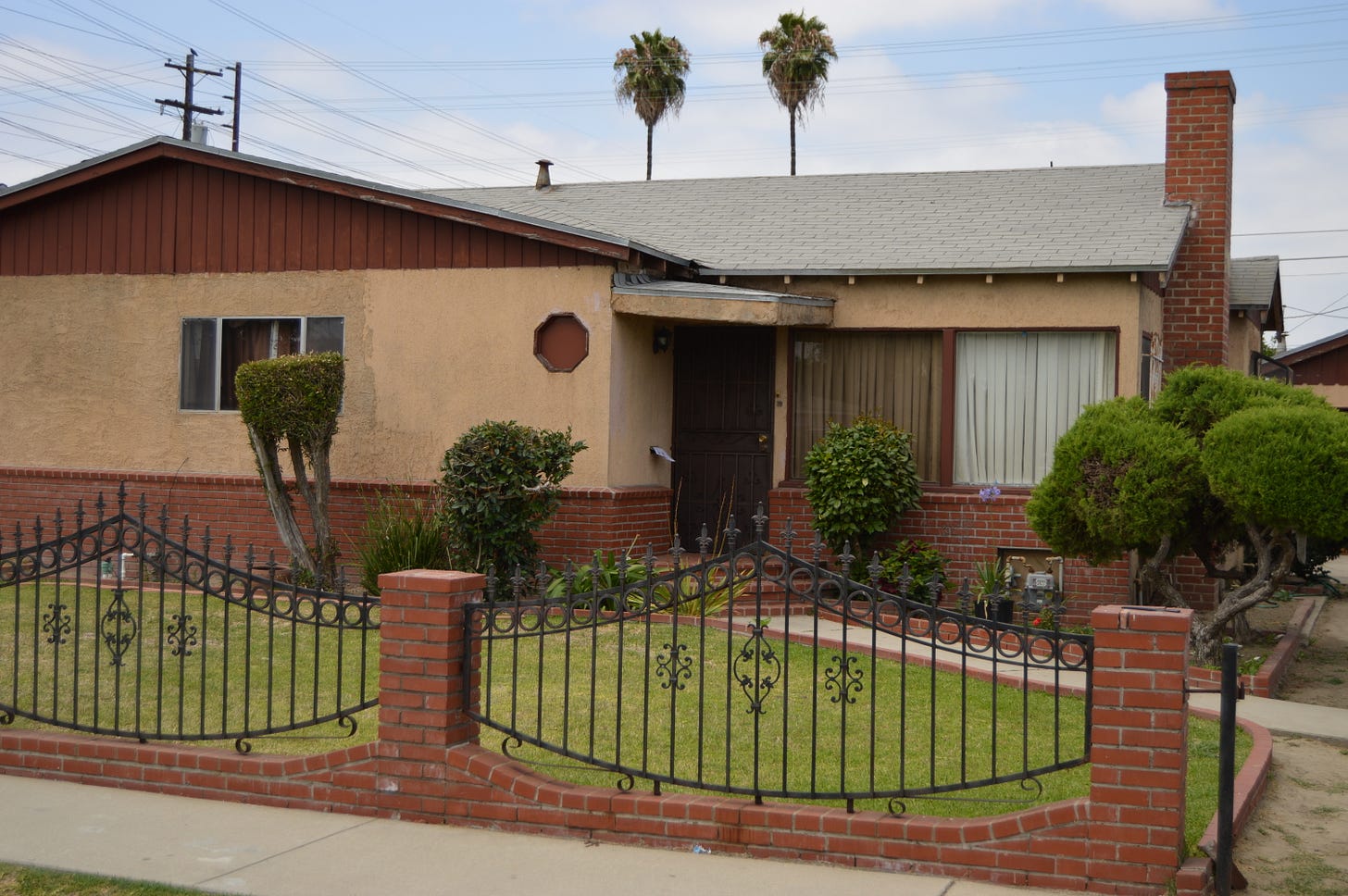The Hip-Hop 25: #25 Eazy-E (tie)
Before, hardly anyone told stories about violence. Now, hardly anyone doesn’t
Arabian Prince, Dr. Dre, and Eazy-E in 1987, courtesy of Sir Jinx
The Hip-Hop 25 counts down the 25 greatest rap artists in history.
On a hot day in 2014 I pulled off of the 710 interstate to visit Eazy-E’s house in Compton. Eazy was a rap legend, and, for my West Coast hip-hop book Original Gangstas I wanted to understand his origins. He was the founding father of gangsta rap, the man who created N.W.A in his own image. In the early 1980s, while Dr. Dre was emulating Morris Day in a song-and-dance group called World Class Wrecking Cru, and Ice Cube was attending high school in the Valley, Eazy was selling crack cocaine on this very block. Though his immediate family was stable, he had cousins who were murdered, and he was involved with street violence himself.
I got out of my car and looked for the house. The block was quiet, except for a crowing rooster, and there were almost no trees to block the sun. At a nearby intersection sat a large nursery, full of mustard greens and collared greens and other vegetables.
It felt out of place. I felt out of place. Having come of age on music and movies portraying Compton as the most dangerous place on Earth, I was nervous.
I saw the house. Eazy would later live in a mansion, but this was the home he grew up in, the home where his mother still lived.
The doorbell played a long, melancholy tune, and my heart pounded. Eazy’s eldest son Eric Wright, Jr. answered the door, holding his own baby boy. He’d agreed to meet me here for an interview, and was immediately friendly. He laughed when I explained that I felt out of place, noting that, if anyone took any notice of me at all, they would probably think I was a Mormon missionary.





